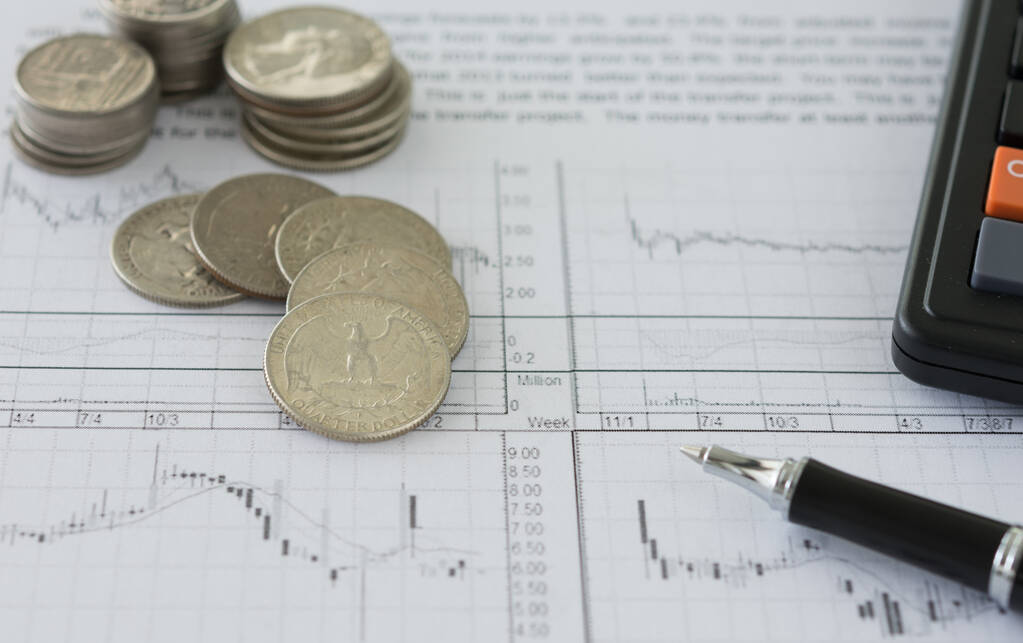Why Choose a Savings Account?
Savings accounts offer a safe and reliable way to grow your money while keeping it accessible. Unlike riskier investments, savings accounts are FDIC-insured, meaning your money is protected up to $250,000 per account. They also provide a steady stream of interest income, which can be especially valuable in times of economic uncertainty.
Types of Savings Accounts: Which One Fits Your Needs?
1. High-Yield Savings Accounts
High-yield savings accounts are a popular choice for those looking to earn more interest than traditional savings accounts. As of January 2025, top high-yield savings accounts offer APYs (Annual Percentage Yields) of up to 4.75%, significantly higher than the national average of 0.42%413. These accounts are ideal for emergency funds or short-term savings goals.
2. Money Market Accounts
Money market accounts combine the benefits of savings and checking accounts. They offer higher interest rates than regular savings accounts and often come with check-writing privileges. However, they may require higher minimum balances and limit the number of monthly transactions.
3. Certificates of Deposit (CDs)
CDs are a great option for those who can lock away their money for a fixed term. In 2025, top CD rates range from 4.85% for short-term CDs to 5% for longer-term options. Early withdrawal penalties apply, so these are best for money you won’t need immediately.
4. Specialty Savings Accounts
Some banks offer niche savings accounts, such as Fitness Bank’s account that rewards higher APYs based on your daily step count. These accounts can be fun and motivating but may come with specific requirements.
Top Savings Accounts in 2025
| Account Type | APY | Minimum Deposit | Best For |
|---|---|---|---|
| High-Yield Savings | 4.75% | $100 – $500 | Emergency funds, short-term goals |
| Money Market | 4.50% | $2,500+ | Higher interest with check access |
| CDs (1-year term) | 4.85% | $500 – $25,000 | Long-term savings with guaranteed rates |
| Specialty Savings | 4.75% | Varies | Niche goals (e.g., fitness rewards) |
Source: Compiled from Bankrate, Investopedia, and CNBC data as of January 2025.
How to Find the Right Savings Account
1. Compare Rates and Fees
Use online tools like Bankrate or Investopedia to compare APYs, minimum deposits, and fees. Look for accounts with no monthly maintenance fees and low minimum balance requirements.
2. Check for FDIC Insurance
Ensure your bank is FDIC-insured to protect your deposits up to $250,000. This is especially important for online banks and credit unions.
3. Consider Your Financial Goals
Are you saving for a short-term goal or a long-term investment? High-yield savings accounts are great for flexibility, while CDs offer higher rates for locked-in terms.
4. Read Reviews and Ratings
Platforms like NerdWallet and The Motley Fool provide unbiased reviews of savings accounts. Look for accounts with high customer satisfaction and robust mobile banking features.
Recommended Savings Accounts and Platforms
1. Pibank
-
APY: 4.75%
-
Minimum Deposit: $100
-
Why Choose It: No fees and no minimum balance requirements make it a top choice for high-yield savings.
2. Discover Online Savings
-
APY: 3.75%
-
Minimum Deposit: $0
-
Why Choose It: Offers a $200 bonus for new customers and excellent customer service.
3. SoFi Checking and Savings
-
APY: Up to 4.00%
-
Minimum Deposit: $0
-
Why Choose It: Combines checking and savings with no fees and a $300 bonus for direct deposits.
Tips for Maximizing Your Savings
1. Automate Your Savings
Set up automatic transfers from your checking to your savings account to build your balance effortlessly.
2. Avoid Fees
Choose accounts with no monthly fees or minimum balance requirements to keep more of your money.
3. Diversify Your Savings
Use a mix of high-yield savings accounts and CDs to balance accessibility and higher returns.
Savings accounts are a versatile and secure way to grow your money. Whether you opt for a high-yield account, a CD, or a specialty savings option, the key is to choose an account that aligns with your financial goals. By comparing rates, avoiding fees, and automating your savings, you can make the most of your money in 2025 and beyond.
Frequently Asked Questions (QA)
-
What is the difference between a savings account and a checking account?
Savings accounts are designed for accumulating funds and earning interest, while checking accounts are meant for daily transactions. -
Are high-yield savings accounts safe?
Yes, as long as the bank is FDIC-insured, your money is protected up to $250,000. -
Can I lose money in a savings account?
No, savings accounts are low-risk and FDIC-insured, so your principal is safe. -
How often do savings account rates change?
Rates can change monthly or quarterly, depending on the bank and economic conditions. -
What happens if I withdraw money from a CD early?
You’ll typically face an early withdrawal penalty, which can eat into your interest earnings.
The information provided in this article is for educational purposes only and does not constitute financial advice. Please consult a financial advisor or conduct your own research before making any financial decisions.

